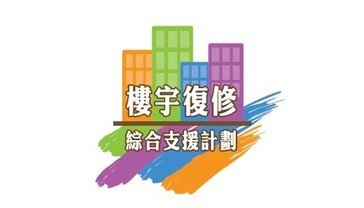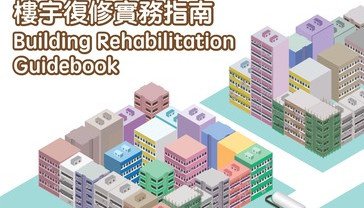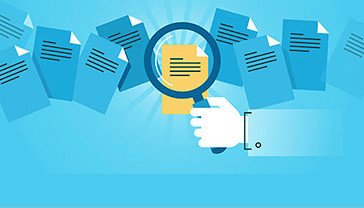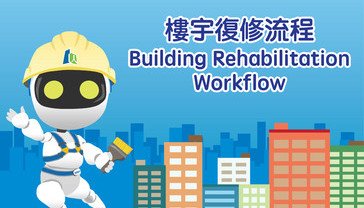The Urban Renewal Authority (URA) is a “pioneer” in promoting preventive maintenance. It not only provides the "Guidelines and Template for Preparing Maintenance Manual for Residential and Composite Buildings" for private buildings as a reference, but also implements the "Design of Maintainability" concept in its self-developed project, “eResidence Tower 3”. By adopting an enhanced Deed of Mutual Covenant (DMC), the URA is actively advancing preventive maintenance practices.
Self-developed Project “eResidence Tower 3”
In its pilot project, “eResidence Tower 3”, the URA has exemplified the integration of the "preventive maintenance" concept as early as the design and construction stages. This initiative included selecting materials with enhanced concrete strength and anti-corrosion capabilities, as well as improving the waterproofing efficiency of individual units from a design aspect, such as increasing the coverage and height of waterproof materials in bathrooms. These measures significantly reduce the risk of moisture penetrating the reinforced concrete within walls. This holistic approach effectively decelerates the building's ageing process from the outside in, ensuring a good living and sanitary environment.
On the other hand, in older buildings, disputes often arise over unclear responsibilities for repairing "common areas" within private units due to ambiguous definitions in the DMC. To address this, “eResidence Tower 3” has adopted an enhanced DMC clearly stating that all structural elements within a unit, including the reinforced concrete slabs, are considered "common areas". Non-structural elements, wall plasters, finishes, and the waterproofing layers are classified as "private areas". This precise delineation allows both owners and the owners’ corporation to quickly determine maintenance responsibilities, thereby minimising disputes and facilitating timely resolution when repairs within units are required.
The enhanced DMC also empowers managers with the authority and responsibility to enter units for investigating and detecting water seepage. It stipulates that if a manager suspects that water seepage from a unit is causing damage to any "common areas," they have the right to appoint an independent third-party professional to inspect and test the suspected unit to identify the source of the seepage. Depending on the inspection results and the responsibilities defined in the DMC, necessary repairs can be carried out by either the management company or the owner of the unit where the seepage originates. This proactive measure prevents the worsening of damage due to unresolved seepage issues, thereby increasing the efficiency in handling such problems.
Furthermore, the URA has adopted clearer provisions in the enhanced DMC. These involve appointing an authorised person during the project's early stages to prepare the initial 10-year maintenance plan and estimate expenses for the period. The manager will then use this maintenance plan to calculate the proportionate costs each unit should bear and propose a contribution scheme for the special fund, which will be submitted for discussion and resolution at the owners' meeting.
To encourage owners to take action, the URA also injected a modest amount of startup capital into the building’s special fund upon the completion of “eResidence Tower 3”. This motivates owners to prepare a financial reserve for future maintenance works and develop the habit of regular contributions. The DMC specifies that this start-up capital can only be used for inspection and maintenance works listed in the maintenance plan, such as inspections and repairs of common or structural areas of the building, and not for routine maintenance, ensuring that the fund is used properly.








